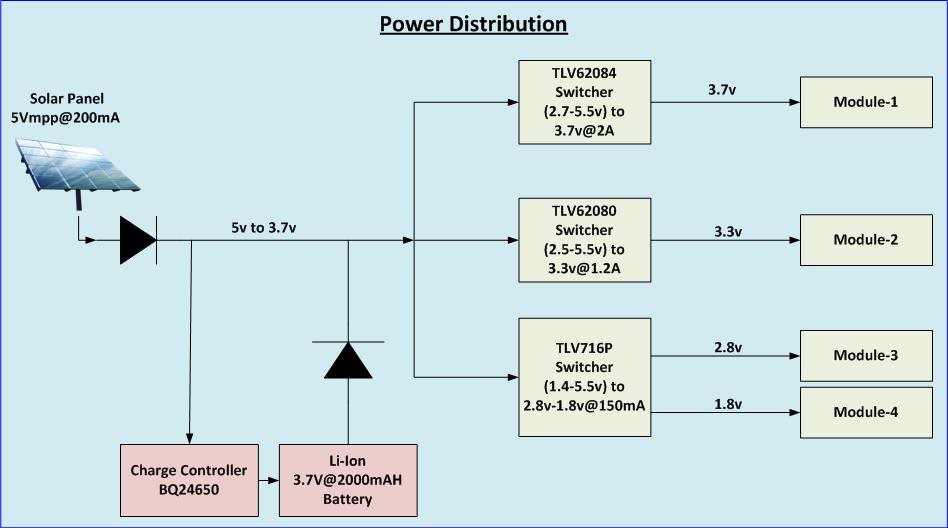hello,
We are working iOT based design with solar power design.
i require MPPT solar charge controller which is suitable for my power consumption requirement.
my device power consumption requirement is 3V@700mA
and also connected 4.2@2000mah battery for battery back up
you have better solution please suggested us suitable MPPT based solar charge controller for our system power consumption.


